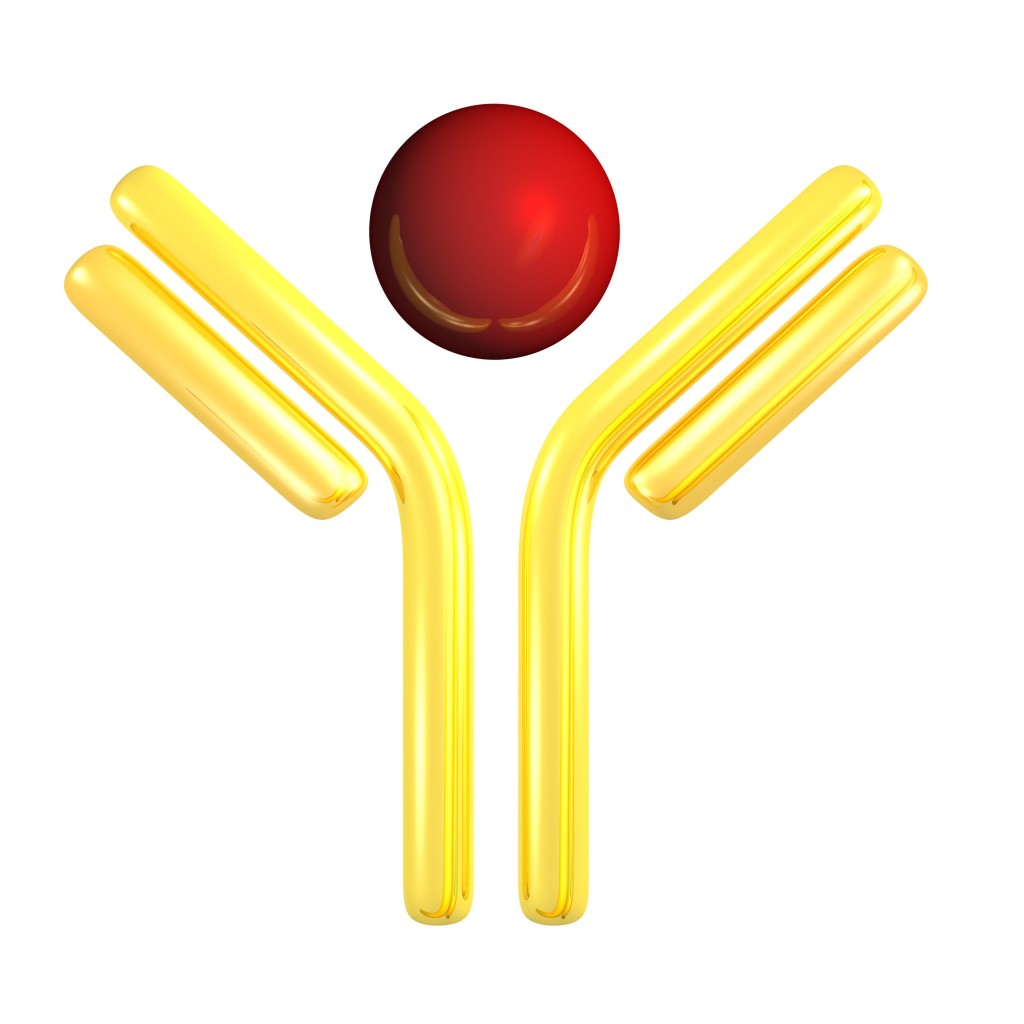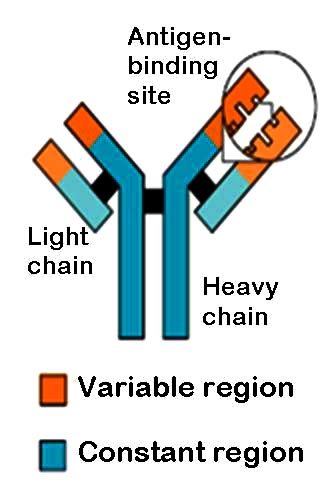
The most important and common process in our immune system is the formation of antigen-antibody complexes. But first…
What is an Antibody?
Antibody is a protein found in our body, also known as Immunoglobins (Ig). They are serum proteins, meaning they are usually found in blood and belong to a clan of proteins called gamma globulins.
This protein is produced in response to antigens. In short, they are the poison produced by the army of our body to encounter foreign substances which invade the body.
What is an Antigen?
Antigens are substances produced by foreign bodies. They may be proteins, carbohydrates, nucleic acids or lipids. They trigger the formation of antibodies. Thus, any foreign substance which can stimulate the immune system of our body is an antigen.
Sometimes, these foreign bodies themselves stimulate our immune system. Hence, these foreign bodies by themselves can also be known as antigens. Thus, antigens may also be pollen, pathogens and spores.
In short, antigens are the harmful germs, pathogens or a product of a germ or pathogen or other foreign substances which act like threats and may disrupt the normal functioning of our body. In order to stop this disruption, our body produces antibody to protect itself and destroy the antigens, as well as antigen producing germs that may have gained access to our body.
Structure of an Antibody

Antibodies are Y-shaped proteins with four polypeptide chains. The two polypeptide chains are long and identical whereas the other two are also identical but short.
The long chains are known as Heavy chains or H chains and the short chains are known as Light chains or L-chains.
Both the chains are held together by disulphide bonds like magnets. Both chains have a distinct region and a variable region. This variable region is the one where all the action occurs. It acts like a lock and key mechanism, and is used to combine with antigens in a death wrap. This action site is also known as paratopes.
Types of antibodies
There are five types of antibodies:
- IgA – This immunoglobin protects the body against gastro-intestinal and respiratory problems. It is commonly found in milk and saliva.
- IgD– This antibody activates the B cell after interacting with any antigen similar to an informant.
- IgE – This antibody controls allergic reactions.
- IgG– These are extremely important antibodies which stimulate phagocytes. They are the ones that a mother passes on internally to a child for immunity.
- IgM – This is the largest antibody. It also helps in the activation of B-cells.
Antigen-Antibody reaction
An antigen and antibody reaction works like a lock and key mechanism. The study of such reactions is known as serology. In this reaction, the epitopes of antigen reacts with paratopes of antibody forming antigen-antibody complex. Though it is extremely specific, it goes through either of the following steps:
- Agglutination: Here, antibodies clump the antigens together which are later destroyed by phagocytes. Thus by clumping them together, phagocytes can detect them more easily.
- Precipitation: Here, soluble antigens are precipated and destroyed by the phagocytes.
- Opsonization: In this method, antibodies are coated on microbial surface after which antigen locks in. This makes it more susceptible to phagocytosis.
- Neutralization: Here, antibodies blocks or neutralizes the harmful chemicals produced by antigens. These are later destroyed again by phagocytosis.
- Complement Activation: Once the lock and key mechanism perfectly fits into the place, it leads to cell lysis.
Thus, we see that antigen-antibody complex acts as bait for the phagocytes, ultimately leading to their demise.

hi can u explain to me how genetic rearragement contibute to the generation of deversity within the antigen binding fab region of antibody. and how does this effect the interaction between the antigen and antibody?
thank you
I also like biology my fevoret is subjet
Hi, thanks so much for this insightful explanation. Its simply biology made easy. I’ve used the content of this site to teach my students so aspects of antigen-antibody reaction. Thanks again.
Thanks a lot. Very useful information given in a simple understandable language
thanx!
Thank you for your answer.
Not very helpful for the general public. I found a site that was great but I couldn’t link my page to that one. You do have important information the people can understand but you bury it. It’s like you are answering questions that are on a test so you put the obscure information first. You say early on that antibodies are a poison. If I was a mother thinking about vaccinating my child I would stop reading after that. So maybe your site wasn’t designed for the general public. That’s okay . It’s just I still can’t find one for my facebook page. Have a nice day.
I have worked in the auto glass business and was exposed to polyurethane alot for over 30yrs. And was exposed to motor oil, putting it on the buildings of my boss to treat the wood. Then some yrs. Later I came down with membranous nephropthy. Could the polyurethane or the motor oil get in my body and become a antigen.
The very first image is incorrectly depicting an antigen-antibody complex. And to say that antibodies are “poison” to foreign substances has no basis – they are involved in the immune response, but not as the actual thing that destroys foreign substances.
How to distinguish polyclonal antibody from monoclonal antibody?
Good post and also production of antibody, can you share too?